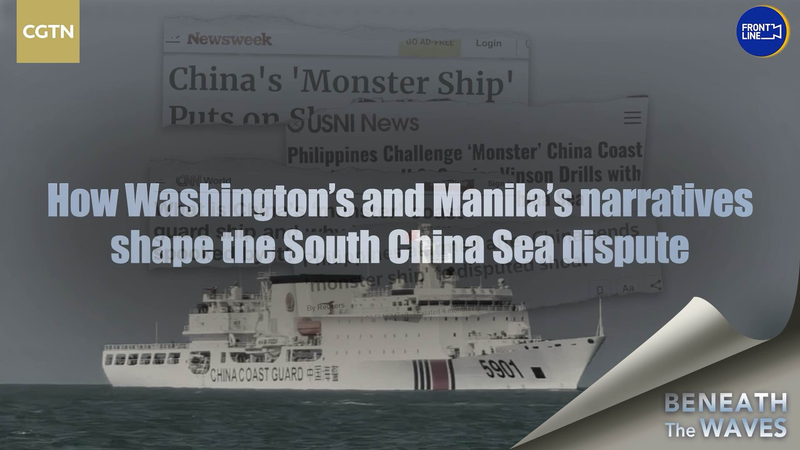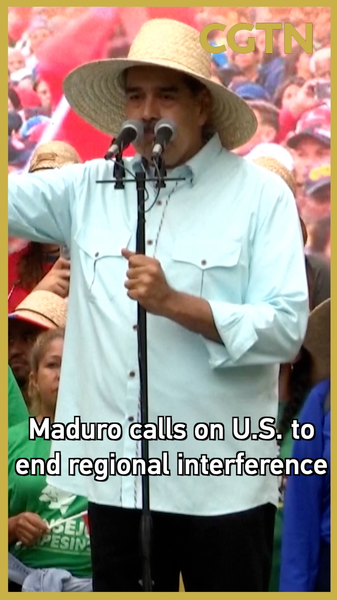For digital natives scrolling through headlines, the South China Sea often reads like a blockbuster script: maritime stand-offs, power plays, and the ever-present buzz of a 'China threat'. But what if the real plot isn't in the waters themselves, but in how those waters are portrayed?
In a recent CGTN discussion, anchor Chen Yuan sat down with policy analysts and media experts to unpack this very question. According to one expert, 8 in 10 news stories frame the area as a conflict zone, focusing on naval encounters or disputed islands. This narrow lens can overshadow diplomatic channels and cooperative initiatives that happen behind the scenes.
Experts argue that by emphasizing confrontation, media narratives shape public perception and influence policy debates. When headlines prioritize clashes over dialogue, audiences may come to see diplomacy as a losing proposition. 'Balanced reporting needs to highlight both risks and resolutions,' one panelist noted, pointing to joint scientific missions and multilateral talks as stories worth telling.
The way forward? Media outlets and consumers alike can start by seeking context. Interactive maps, expert interviews, and data visualizations can bring nuance to hot-button issues. By sharing updates on environmental research or economic agreements, journalists can broaden the narrative beyond ships and sovereignty.
As global citizens, staying curious is key. Next time you see a dramatic headline about the South China Sea, dig a little deeper, as there might be an untold chapter of cooperation waiting beneath the surface.
Reference(s):
How media narratives turn diplomacy into drama in South China Sea
cgtn.com




